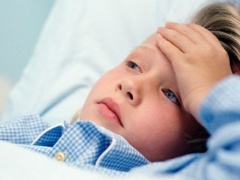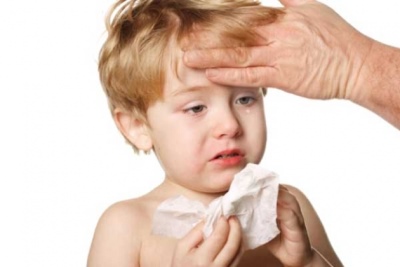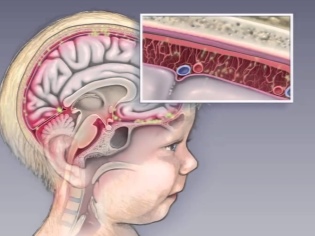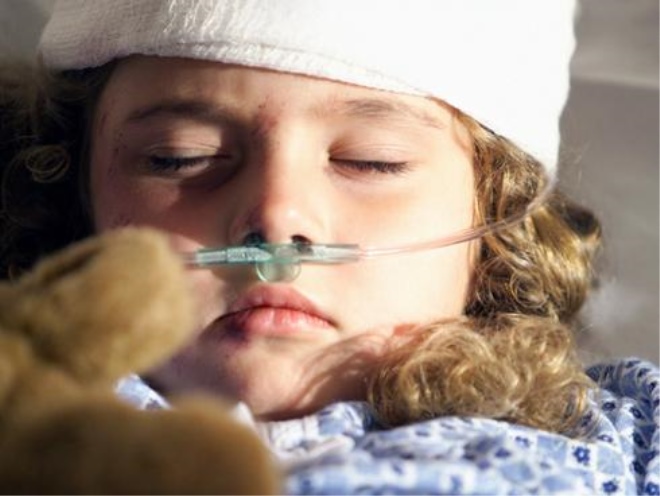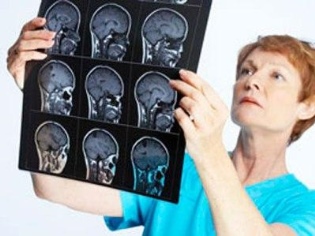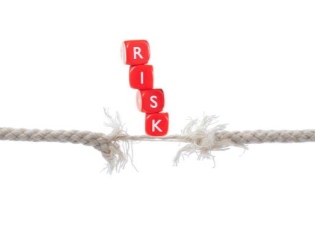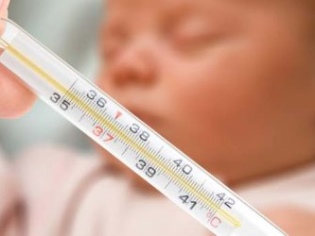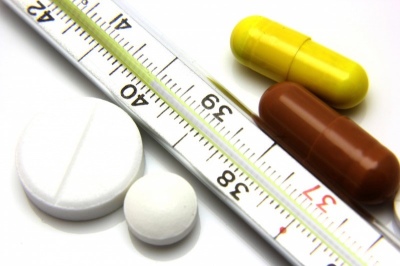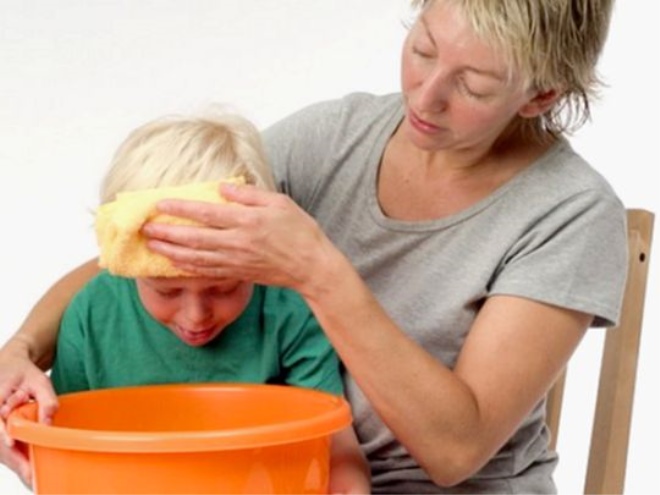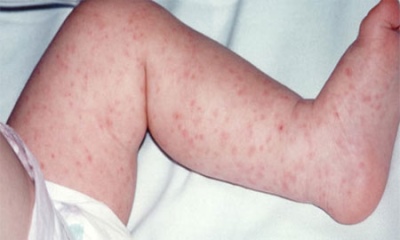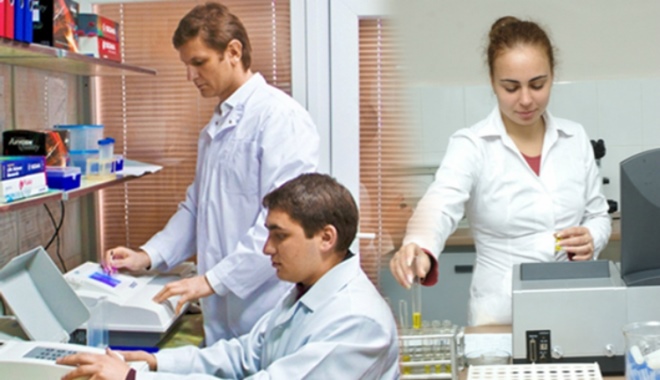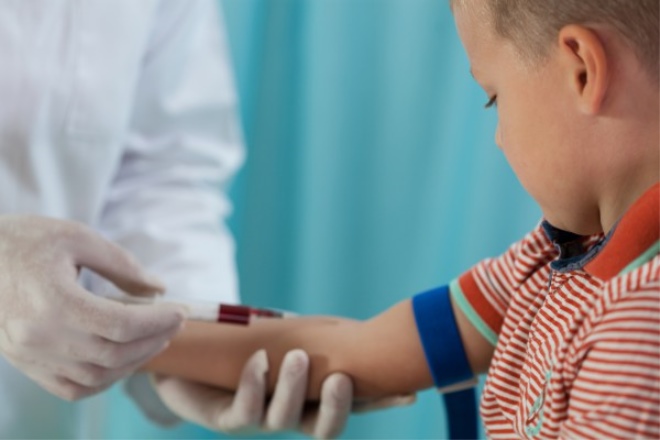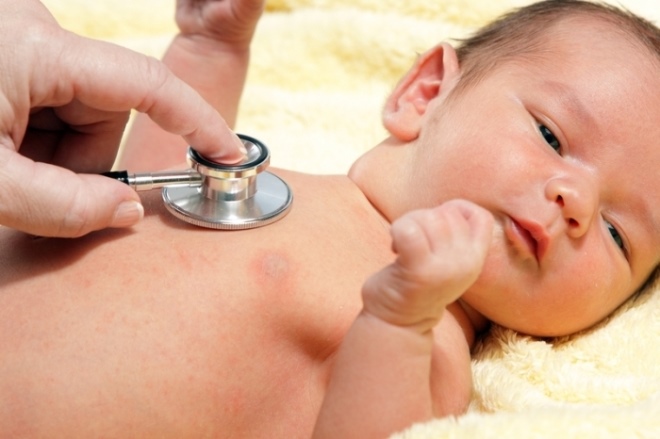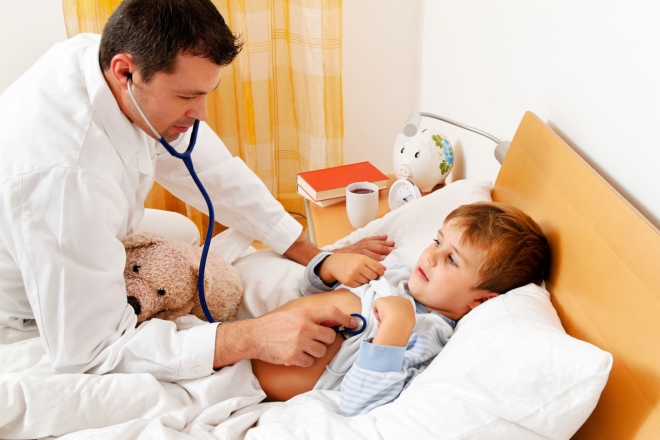Serous meningitis in children
Serous meningitis in children
The inflammatory process affecting the meninges is called meningitis. One of its options is the serous form. In this case, leukocytes and inflammatory elements are present in the cerebrospinal fluid. Treatment of the disease must be carried out on time. Delay can lead to dangerous complications.
What is it?
Inflammation in the membranes of the spinal cord and brain begins after exposure to a provoking factor. It can be both external agents and internal. Most often serous meningitis is viral in nature. In about 85% of cases, various viruses cause the disease.
The most common causes leading to the disease can be noted:
Viral infections. In most cases - adenoviral variants. Adenoviruses are highly resistant to adverse environmental factors and are easily spread by air. Toddlers often fall ill with airborne droplets. After 3-5 days, the first clinical symptoms appear.
Bacterial With a mild course can also cause serous inflammation. The coccal flora has a high neurotoxic effect and quickly contributes to damage to the nervous system. Penetrating through the blood-brain barrier, bacteria multiply quite quickly in the children's body and contribute to the development of inflammation.
Traumatic injuries. The most frequent option - the effects of birth trauma. In older children, serous meningitis can occur as a complication of a traumatic brain injury resulting from an accident or accident. The course of the disease in such a situation is usually quite difficult. Mandatory consultation of a neurosurgeon is required.
Congenital abnormalities. Such cases occur when pregnant mothers become infected with measles or rubella viruses during pregnancy. The baby, while in the womb, can also easily become infected. The consequences of infection are quite dangerous. In children born, there are impaired mental and neurological functions.
Causes and provoking factors
From the development of serous meningitis, no child is immune. Even a perfectly healthy baby with infection and a decrease in overall immunity can develop this dangerous disease. The viral etiology of the disease does not allow specialists to come up with effective vaccines that would prevent all possible variants of the disease. For some babies, the risk is significantly increased.
Risk groups include:
Premature babies, as well as children with extremely low birth weight. As a rule, such children are still not well enough formed and the immune system functions. This leads to a high susceptibility of the child's body to various infectious diseases. The nervous system of a premature baby is also not well adapted to the external environment.
Congenital or birth injuries of the head, as well as damage to the organs of the nervous system. In various types of traumatic brain injuries, babies may experience signs of serous inflammation. The damaged pia mater is quickly drawn into the inflammatory process. The disease can develop in the first days after the birth of the baby.
Intrauterine infection. The most dangerous for the future fetus rubella infection.Also, in some cases, Epstein-Bar virus infection can lead to the development of meningitis.
Congenital or acquired immunodeficiencies. The low level of the immune system does not allow the children's body to cope with any infection. The leukocyte blood unit, which is designed to fight with foreign agents, practically does not fulfill its duties. As a result, the reproduction of microorganisms in the body is rapidly and rapidly increasing inflammation.
Incubation period
The first clinical signs of serous meningitis appear quite early. The incubation period for viral inflammation is usually 3-5 days. With rubella - this period may be 2 weeks. During the incubation period of the baby’s illness, there is almost nothing to worry about.
In some cases, attentive moms can notice some behavior change in baby. The baby becomes more silent, naughty, more asking for hands.
In some babies, the appetite may decrease and sleep may be somewhat disturbed. However, the general condition of the child during the incubation period suffers only slightly. The main manifestations of the disease occur in a few days.
Symptoms and first signs
Often, it is quite difficult to recognize serous meningitis at home. A pediatrician can determine this disease after examining a child and checking special, characteristic meningeal signs.
Seek advice from a doctor with suspected meningitis, Mom should have when the following manifestations appear:
Increased body temperature. Usually up to 38-39 degrees. With a more severe course, the temperature can even rise to 39.5. It is badly reduced even under the influence of antipyretic drugs. The usual dosages of paracetamol do not bring a pronounced clinical effect.
Severe headache. It is usually spilled, without clear localization. Pain syndrome increases with a change in body position or focusing of vision. The horizontal position brings greater comfort for the baby. Children try to lie more, throwing their heads back a little. This is a characteristic meningeal pose.
Soreness of muscles on the back of the neck. This is due to the manifestation of stiff neck. Attaching the legs to the stomach can increase pain. This symptom appears in connection with nerve damage and inflammation of the meninges of the spinal cord.
General weakness. The baby in the acute period of the disease suffers well-being. Children refuse to eat, become very sleepy. Virtually no play with toys. Infant toddlers refuse to breastfeed, may regurgitate more often.
Severe nausea. This symptom is a classic manifestation of meningitis and occurs in 90% of cases. Throughout the day, babies feel a strong feeling of heaviness behind the sternum and constant nausea. Against the background of high temperature or severe headache, even vomiting can occur. Usually it is very abundant and single. Nausea or vomiting occurs without regard to meals.
Soreness in the muscles. More often, when trying to bring the legs to the abdomen or trunk, pain syndrome is greatly enhanced. Soreness can also occur in the cervical spine.
Infections with enterovirus infection may occur. abdominal pains and stool disorders. These symptoms can also intensify dyspeptic manifestations and increase nausea.
The appearance of a rash. This symptom is characteristic only for those viral infections that occur with the appearance of skin lesions. Most often can occur with meningococcal infections, as well as with rubella or measles. In more rare cases, the occurrence of serous meningitis is recorded with chickenpox.
In rare severe cases - the appearance of convulsions and clouding of consciousness. With an unfavorable course of the disease, even coma may occur. This condition requires emergency hospitalization of the baby in the intensive care unit.
Diagnostics
Establishing the correct diagnosis is a necessary pledge for the appointment of timely and effective treatment. Today, the diagnosis of serous forms of meningitis plays a leading role in pediatrics. A huge number of adverse effects that occur after the disease, give great importance to diagnostic procedures.
One of the simplest and most accessible diagnostic methods is a complete blood count. It allows you to specify the etiology of the process. Leukocyte formula shows the presence of viral flora, which caused the inflammatory process. Accelerated ESR also indicates the presence of inflammation. By analyzing blood counts, doctors can determine the presence of complications.
No less informative diagnostic method is bacteriological research. The test material can be saliva, urine or blood. With the help of special analyzers, laboratory doctors detect the causative agent of the disease. During such bacteriological tests, the sensitivity of the microbe to various medications can also be determined.
Serological blood tests can detect specific antibodies. Venous blood is collected for such tests. After a couple of days, as a rule, doctors have the finished result. With the help of this analysis, it is possible with a high degree of probability to say which pathogen caused the disease.
In doubtful cases, neurologists have resorted to the intake of cerebrospinal fluid. This analysis is usually prescribed during the differential diagnosis of serous and purulent meningitis. It also helps to eliminate rare forms of the disease. For example, the tuberculous variant. The abundance of leukocytes in the cerebrospinal (liquor) fluid helps to clarify the nature of inflammation.
Treatment methods
All forms of meningitis must be treated in a hospital. This disease is very dangerous. A huge number of possible complications can develop spontaneously, even despite the treatment. For a sick child requires constant monitoring of the side of medical professionals.
Treatment of the disease is complex. The main principle of therapy is the elimination of the cause of the disease and the reduction of adverse symptoms. If meningitis is viral in nature, then the child is prescribed antiviral and immunostimulating drugs. Such drugs are administered intravenously for better absorption of the active ingredients in the composition.
For bacterial forms of meningitis, various antibiotics are used. At present, pediatricians prefer antibacterial drugs with a broad spectrum of action. These drugs do an excellent job with various microbes and have a good tolerability profile. Macrolides or injection cephalosporins of the latest generations are most commonly prescribed.
To reduce headaches and prevent swelling of the brain, doctors use diuretics. Diuretic drugs can effectively reduce intracranial pressure and relieve the baby from persistent pain syndrome. In severe disease, the use of diuretics is carried out in the intensive care unit and intensive care.
Some babies, especially up to three years, may experience complications in the cardiovascular system. Various forms of arrhythmia appear most frequently. For the treatment of such rhythm disorders, doctors resort to the appointment of special anti-arrhythmic drugs based on propanol or beta-blockers.
To maintain immunity and to recover quickly after meningitis, children are given injectable forms of the B group vitamins.These drugs have a positive effect on the nervous system and contribute to the speedy regeneration of damaged brain membranes.
Hospital stay
European and Russian clinical guidelines include the mandatory presence of a child in a children's hospital for the duration of meningitis therapy. Newborns or infants undergo medical treatment in specialized units. Medical institutions that provide assistance to sick children with meningitis, must necessarily be equipped with all necessary resuscitation equipment.
Is home treatment possible?
In severe cases of the disease or in infants up to one year at the first signs of meningitis, compulsory hospitalization is required. Delay in providing medical care can trigger life-threatening complications. Monitoring the baby at home is only possible during the recovery period. This condition is necessary for the complete recovery of the child’s body after a serious infection.
Consequences and possible complications
With the right treatment, as a rule, most children recover. However, some babies may experience various effects. All complications after serous meningitis can be divided:
Lungs: impaired memory and attention, fatigue, inability to concentrate. For several months after suffering meningitis, babies may complain of a mild headache.
Heavy: development of cardiac and renal failure due to infectious systemic inflammation, arrhythmias, episyndrome, impaired muscle contraction.
Prevention
To minimize the possibility of infection with various infections that can lead to meningitis, be aware of the mandatory observance of personal hygiene measures.
Every kid should have his own mug, cutlery. Towels and hygiene products for children must be washed at least twice a week. Newborn babies - every day.
During epidemic outbreaks of infections in educational institutions, toddlers must be kept in quarantine. It usually lasts 1-2 weeks. Such a necessary measure helps to significantly reduce the risk of possible infection and protect the baby from infection.
Immunity strengthening - also plays an important role in maintaining good health.
Walking and playing outdoors will be an excellent option for maintaining good immune system performance.
Proper treatment of serous meningitis avoids the appearance of terrible complications and leads to recovery. It should be remembered that in case of the first signs of inflammation, it is necessary to consult a doctor. Timely diagnosis and prescription of drug therapy will save lives, as well as keep the baby healthy.
For more information on what is meningitis in children and how to prevent your child from getting sick, see the next video.
